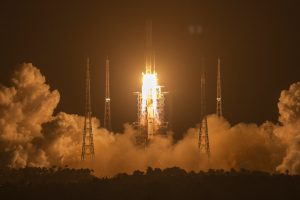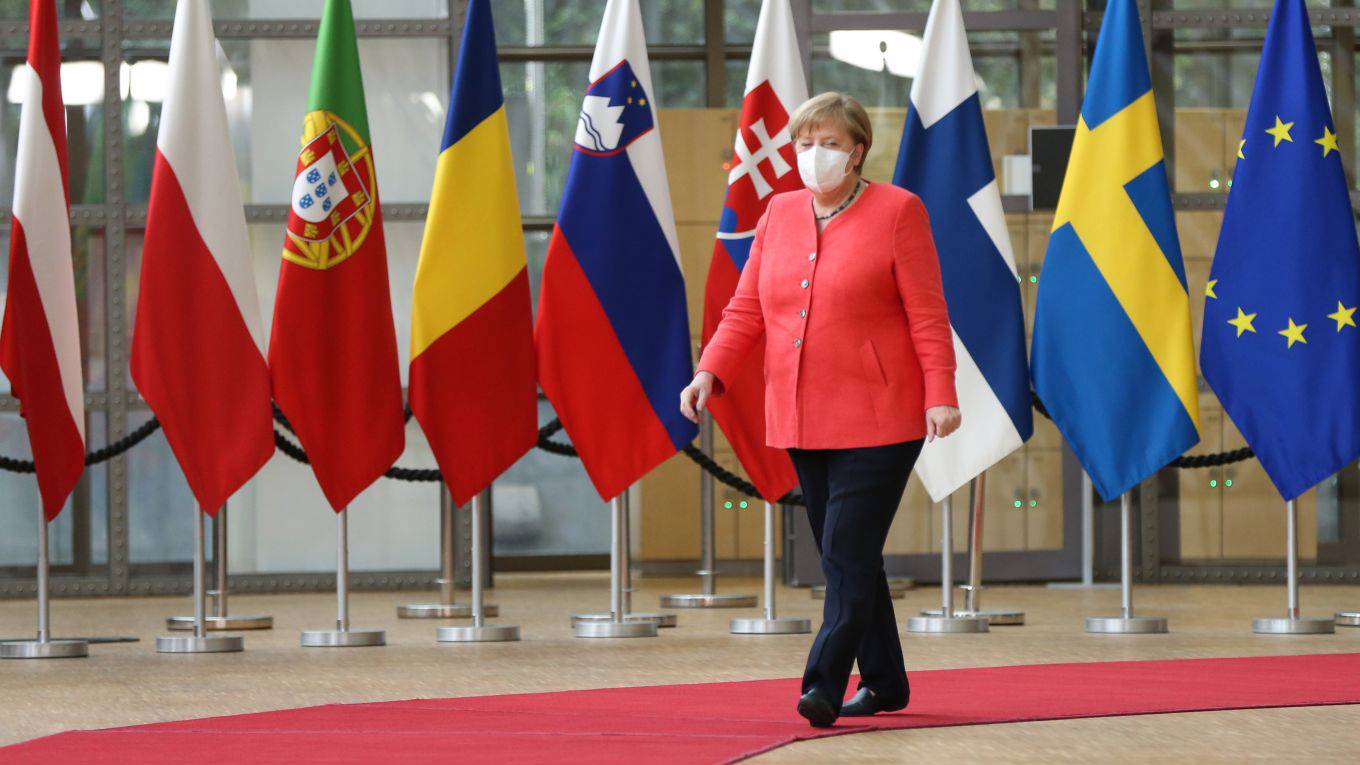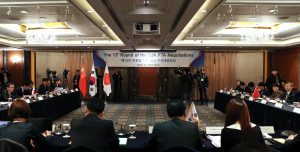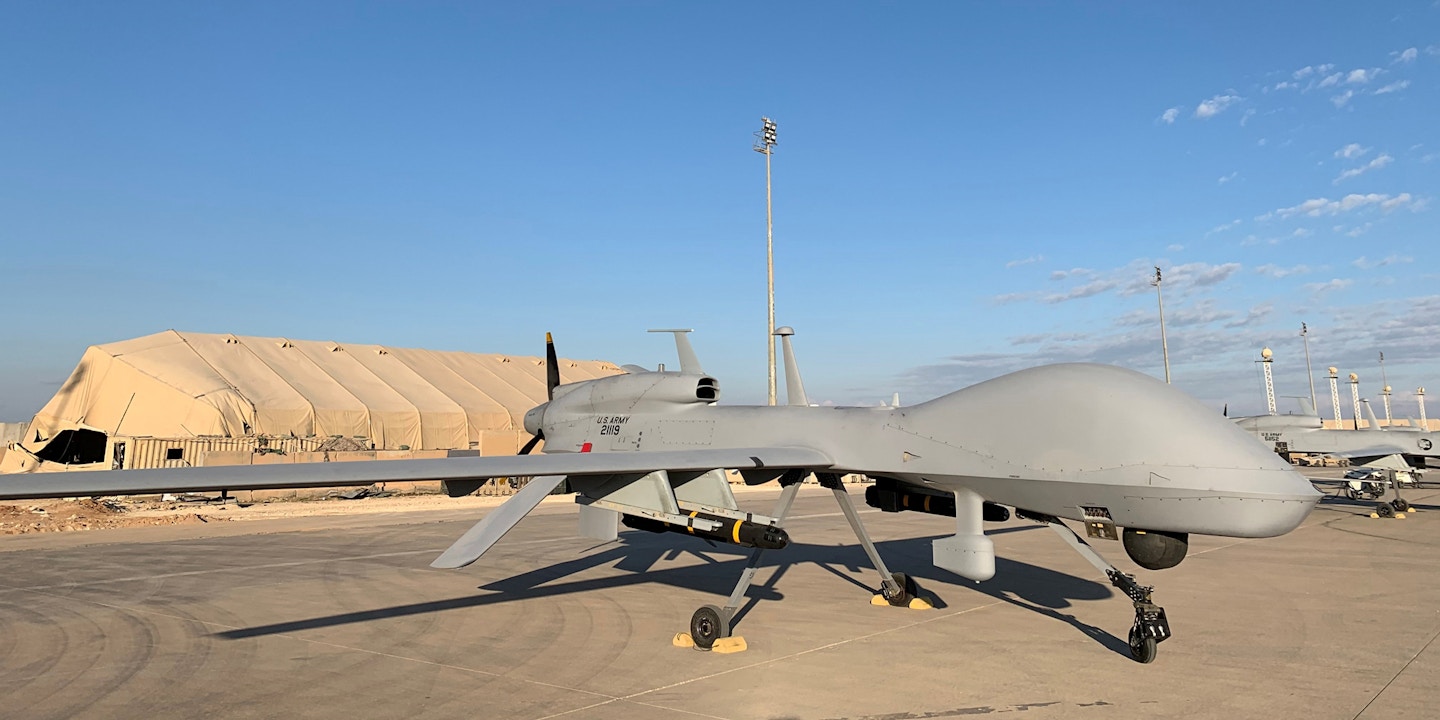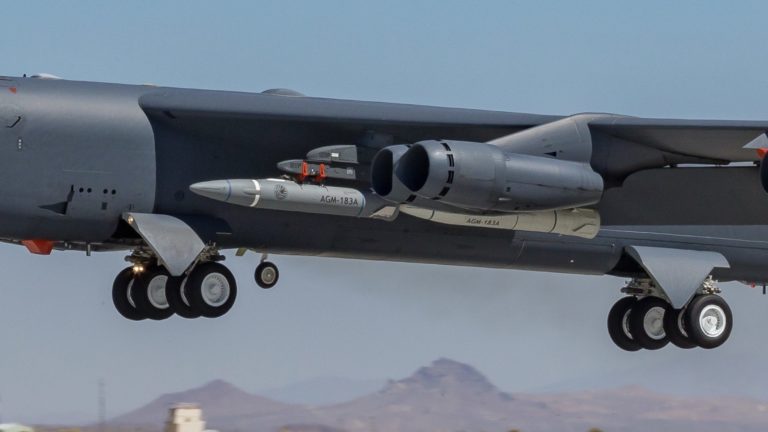By Aparna Pande

Indians elated by projections of a post-COVID-19 economic recovery must remember that these projections are predicated on India maintaining an open economy. New Delhi may feel bullish about the recent projections by global investment conglomerates Morgan Stanley and Goldman Sachs that India’s economy will bounce back in 2021 and grow at over 5 percent in 2022.
But this optimism is only partly based on faith in the revival of animal spirits once the economy is reopened after months of closure. Another key assumption, however, is an Indian economy that trades more with the world and offers a level playing field to investors.
Rising protectionism, arbitrary taxation, and excessive regulation that target foreign investment do not project the image of an India that is open and welcoming. These factors could limit India’s potential and hinder growth.




